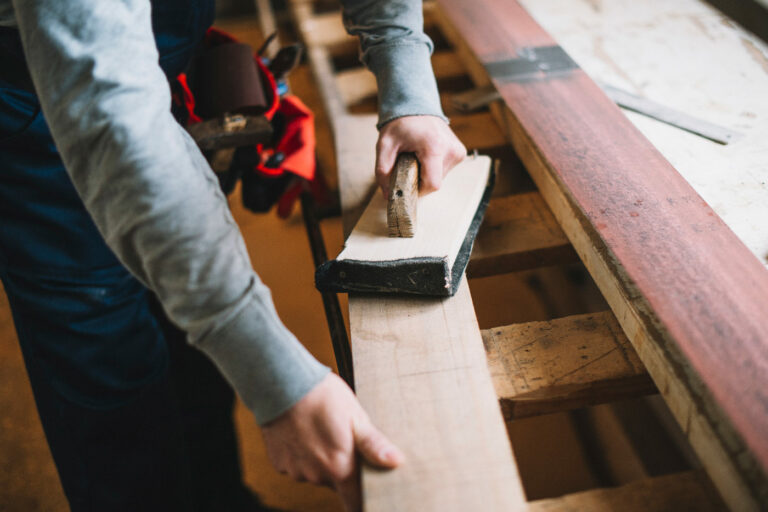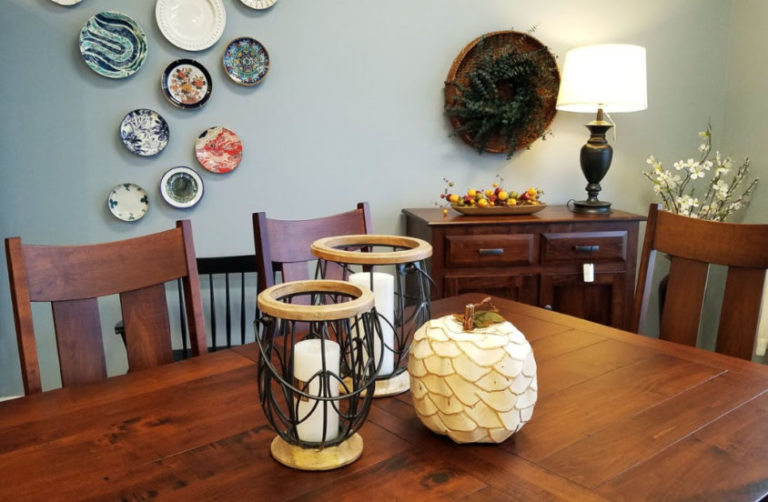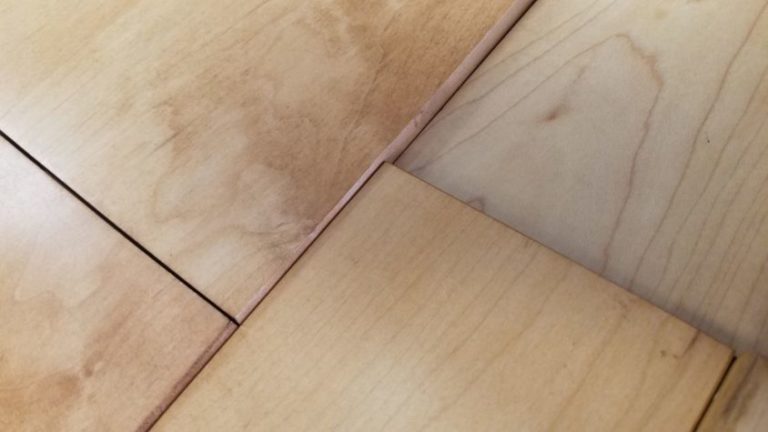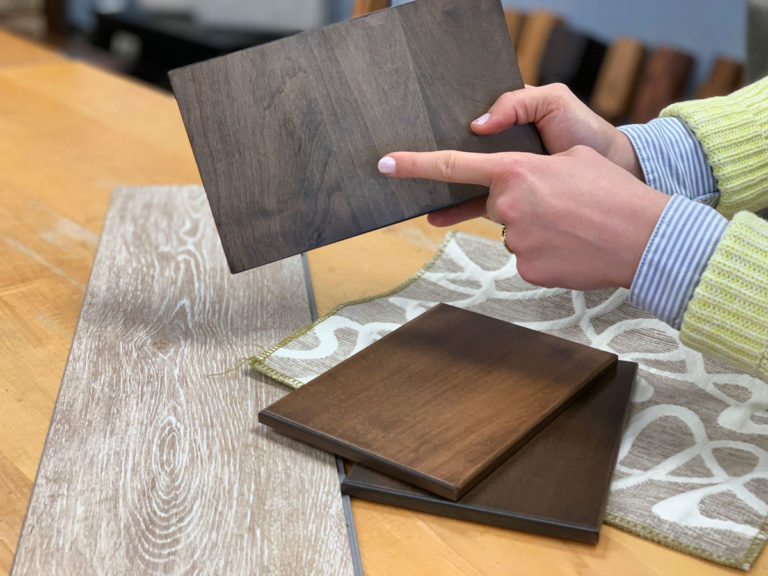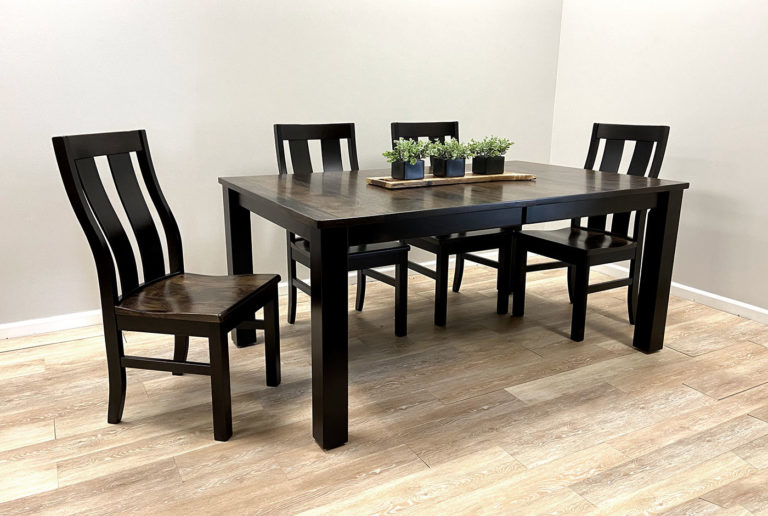Guide to Scratches
At The Amish Furniture Collection, we pride ourselves on producing high-quality furniture made from hard woods and coated with protective catalyzed varnish. However, even with the best of care, scratches can happen as with any real wood. But don’t worry! In this guide, we will show you how to repair scratches and nicks on your own.
Let’s start with the lightest of scratches. These scratches only penetrate the varnish and not the wood, and they are usually not overly visible, but may be seen at certain angles or lighting conditions. The first step is to try buffing it out with lemon oil and a soft microfiber cloth. We recommend using Guardsman Lemon Oil, but any brand without waxes or silicons should work. Simply apply the lemon oil over the scratch in the direction of the grain, let it dry, and repeat if necessary.
Slightly deeper scratches will penetrate the varnish and stain and show up as a slightly white color. We have several matched stain sticks available, or we can suggest some that work well with your chosen stain color. To fix the scratch, apply the stain slowly, blending the color into and around the scratch with your finger or a small paintbrush, following the grain of the wood. Let it dry and use a rag to wipe off any excess stain.
If the scratch is very deep, a filler stick is the best choice. This is a wax stick similar to a crayon. Filler sticks come in several shades to allow for matching to your furniture. You may also use a clear wax or white wax and then color over it with a stain stick or marker. Apply the stick over the scratch and fill it thoroughly. Smooth it out with a soft plastic edge or the side of a credit card to avoid scratching the wood. You can also heat the wax up with a match to soften it, but be careful not to make it too hot as this can damage the furniture. If necessary, apply a stain stick over the wax and blend it in.
If you don’t feel comfortable repairing your table or if the damage is too extensive, we recommend contacting a local repair service on our Resources page.
Lastly, you always have the option of refinishing the entire table, which is one of the advantages of real wood. This involves stripping the table down, sanding it smooth, and reapplying the stain and varnish. Check our resources page for recommended local refinishers.
We take great pride in our furniture, and we hope this guide helps you maintain its beauty for years to come.


